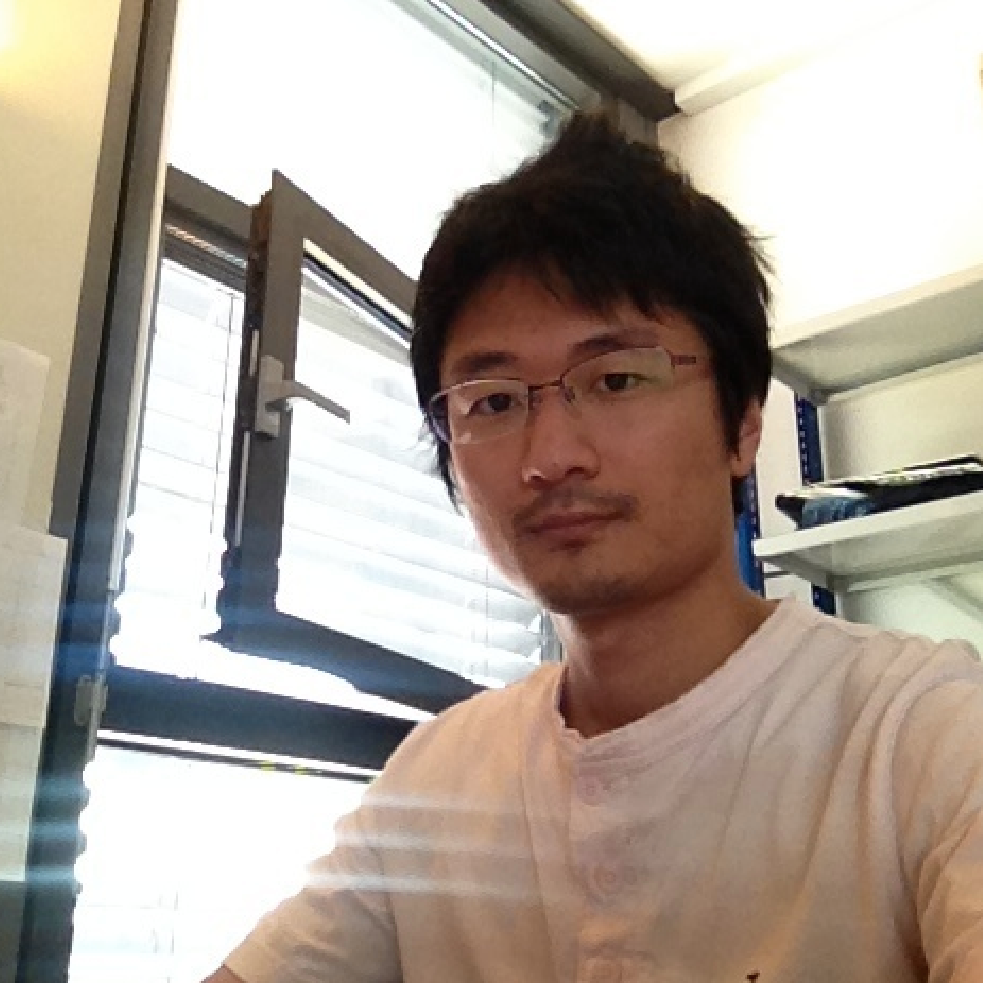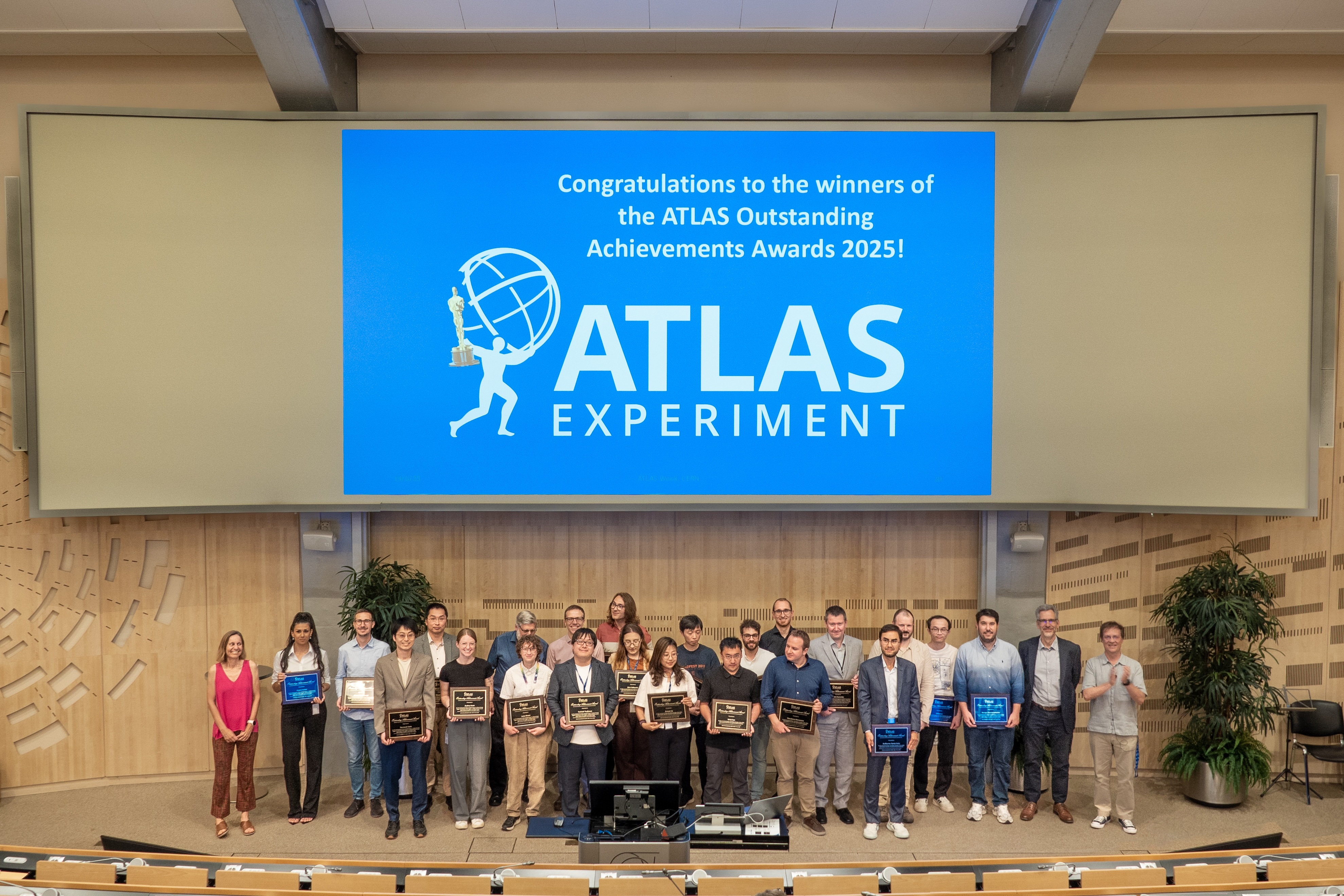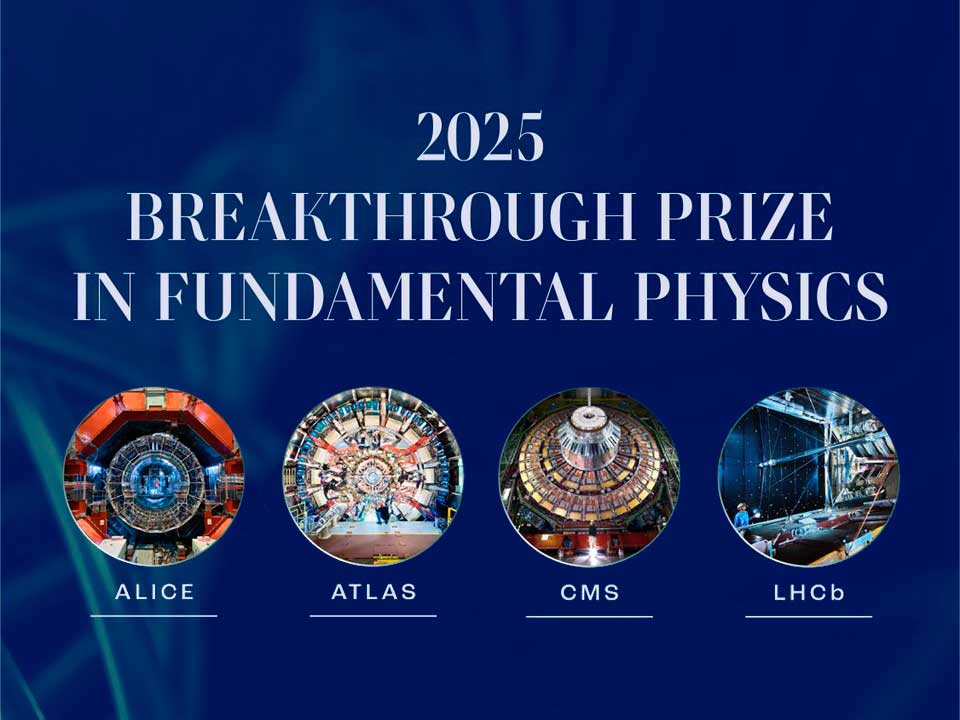From ATLAS Around the World: Working with silicon in Japan
3 July 2015 | By
I joined the ATLAS experiment in 2012 after graduating from the University of Tokyo, however my previous experience was completely different from collider physics. During my Master’s course, I focused on the behaviour of a kind of silicon detector operated in Geiger mode. In my Doctoral course, I designed and developed a gaseous detector called a Time Projection Chamber used for neutron lifetime measurements. These studies were done with very few colleagues in Japan. At that time, the experiments at CERN looked like a “castle” to me.

Right after I came to ATLAS, I was surprised that more than 3000 people had operated the well-established ATLAS detector system and analysed the data so quickly. At that time, we were in the last year of Run 1, and I began investigating the performance of the SemiConductor Tracker (SCT), which is one of the inner tracking detectors in ATLAS. Through this study, I realised that there were many new things for me.
For the SCT, 44 institutes from 17 countries have contributed so far. The SCT consists of 4088 modules, which have two planes of silicon with 768 strips, so that we have six million channels. The details have been described by our project leader, Dave Robinson. Since 2014, I have filled the role of SCT Data Quality coordinator, who promptly checks the data to see whether or not the SCT has a problem. For this purpose, strong communication among the people responsible for various activities in the SCT is very important. In addition, a good understanding of the other inner detectors is needed in order to evaluate the performance of the SCT. With the help of many experts, we have prepared for stable data taking during Run 2.
Now I’m considering how to discover new physics. Almost all the analyses done by ATLAS and CMS assumed the decay of new particles at the collision point of the proton beams. Alternatively, I would like to target new particles with flight lengths longer than a millimetre and up to a few metres, which is favoured from the existence of relic dark matter in the Universe (for an example, see our results from Run 1). For this search, the high performance of the SCT will be essential. This is also my motivation for contributing the SCT operation.
I hope we will report something new from ATLAS in the next few years!!
Hidetoshi Otono




